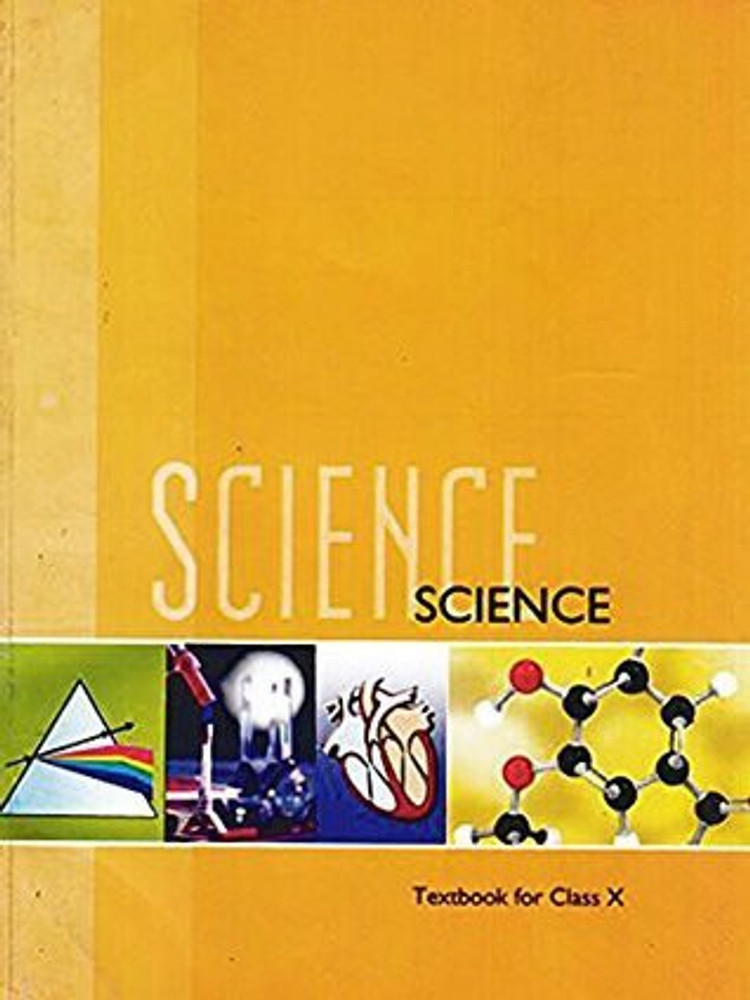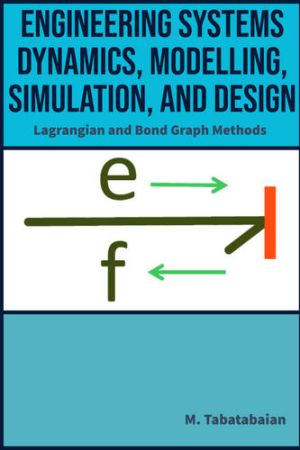James Webb Space Telescope Unveils Hidden Interstellar Wonders of Supernova Cassiopeia A
The James Webb Space Telescope has provided a rare glimpse into the remnants of a centuries-old supernova in Cassiopeia A. Using infrared technology, the telescope captured a light echo caused by a massive star’s explosion, unveiling new insights into the interstellar medium and its magnetic structures. This breakthrough discovery offers valuable data for understanding how interstellar material behaves and its role in star formation.

A centuries-old supernova in the constellation Cassiopeia has been illuminated by the James Webb Space Telescope (JWST), unveiling intricate interstellar structures around 11,000 light-years away. The telescope's infrared capabilities captured glowing gas and dust in the aftermath of the supernova's explosion, offering astronomers a rare glimpse into the otherwise hidden dynamics of interstellar material. The event provided unprecedented insights into how these diffuse clouds behave and interact with light from stellar phenomena.
Revelations From the Cassiopeia A Supernova
According to findings presented at the 245th American Astronomical Society (AAS) conference, the observations focused on Cassiopeia A, a remnant of a massive star's explosive death. Jacob Jencson, a scientist at the California Institute of Technology, explained that the supernova's light pulse, known as a light echo, was reflected off the surrounding gas and dust. The event revealed complex patterns and three-dimensional structures within the interstellar medium, enabling researchers to infer details about the star's explosive demise.
Never-Before-Seen Patterns in Interstellar Medium
Images captured by JWST have been likened to medical CT scans for their ability to expose the internal structures of dense interstellar regions. According to Josh Peek, an astronomer at the Space Telescope Science Institute in Maryland, the findings unveiled sheets of gas hosting intricate small-scale structures, as well as isolated magnetic knots resembling knots in wood grain. Peek highlighted the significance of these observations in understanding the processes within dense, dusty regions of space that were previously inaccessible.
Impact on Future Research
Scientists anticipate that the detailed mapping of these enigmatic structures will deepen understanding of the interstellar medium's physics, including the role magnetic fields play in star formation. Peek noted that these observations have rapidly advanced the study of the interstellar medium, shedding light on processes that were long considered perplexing. The JWST's ability to reveal these structures marks a significant step in unravelling the mysteries of space.












)

























































